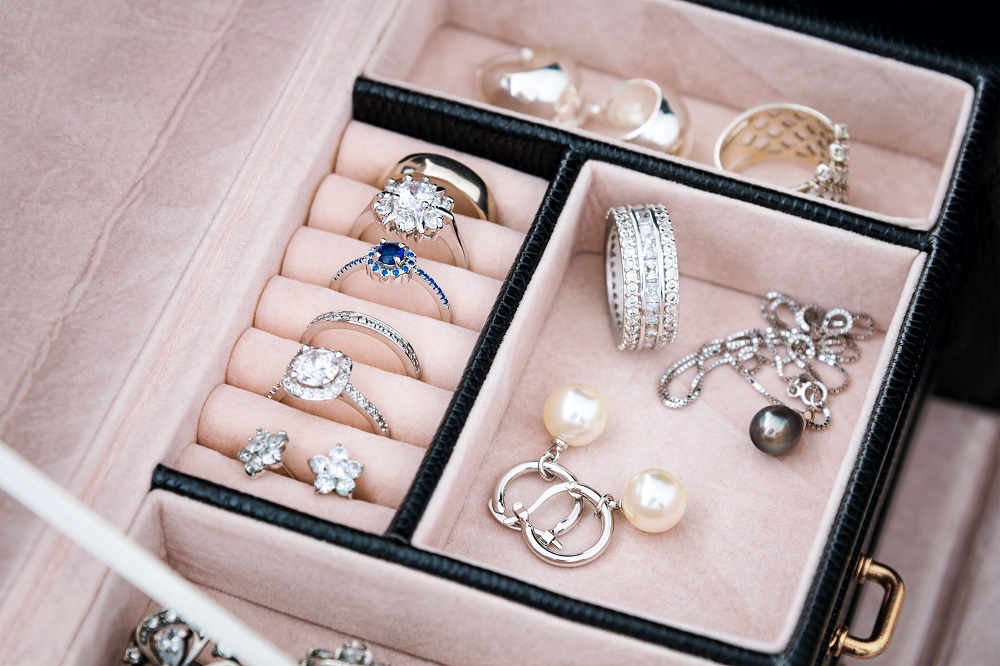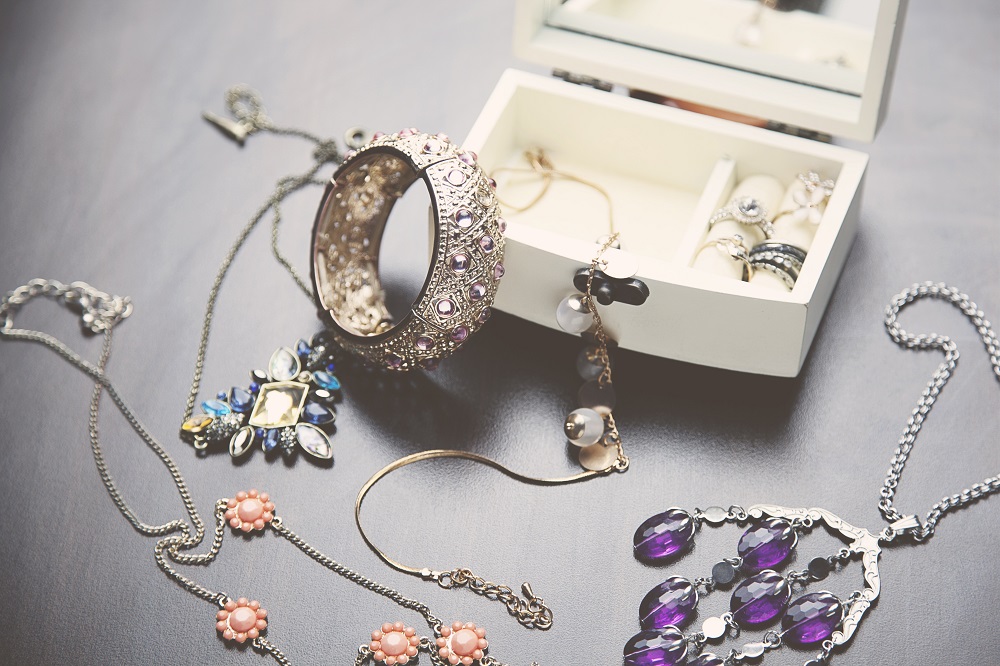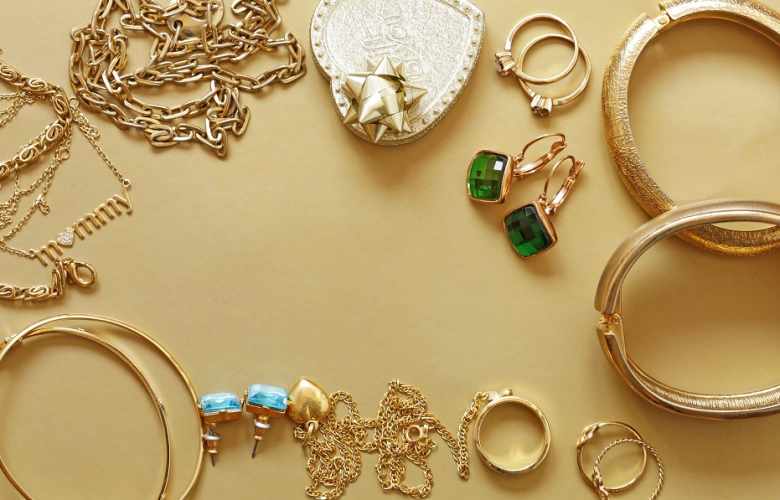Ladies and their ornament’s love never ends. Simple yet classy is all that they desire. They always want to complement their costume with glamour and try to make it appealing. In this post, you will learn about Jewellery finding and inspection in detail.
Everyone out there is aspiring to be the center of attraction, and you might also crave it. We know, whether it is the 70s, late 90, or the 21st century, the allure is your forever dream. And, you, somehow, secretly desire to dress up peculiar. Small jewelry findings and jewelry beads and other items are valuable findings that work the best when you want to go for framing the best jewelry designs for you and your family.
Yes, jewelry findings are all we are taking on the wheel. So, if you are excited to know about precious jewelry joining pieces or strive to create some, stay linked with us on this journey.

Jewellery finding and inspection
Jewelry findings are the components, and not gems attached in jewelry, used to complete the design. The fractions that contribute to jewelry making are clasp, bails, eye pin, jump rings, or connectors. Silver, gold, brass, and copper each incorporate these findings.
Are you thinking, why are they referred to as findings? The record reveals, in previous days, these were a handy product, and the jeweler, themselves, carve it. But, thankfully, machines have eased this job and transforms metals into beautiful findings.
1 ABUNDANT JEWELRY FINDINGS
After being known history now, let us head towards the common Jewellery finding and inspection, explore their grace.
2 CHAINS
Chains are the foremost jewelry joining piece and are accessible in the vast collection. A chain is a glamor used in a necklace design. It is explored to the end by the clasp to make a bridge. You can buy from metallic chains and oxidized ones to wooden and terracotta items that look good for simple evening get-togethers.
3 CLASPS
Existing in a variety, the clasp is the main essence of the necklace. It holds the neckpiece from each side, and its diverse category is supportive of this function. Matching to the article and design, clasps are inserted accordingly.
4 BAILS
Bails are an exciting role player in the neckwear. It is a pathway in the form of a loop, allowing the chain or pendant to pass through it.
5 BEAD COVERINGS
The bead caps are meant to disguise the imperfection. They get attached to the top of a bead and give it a gorgeous look. You can choose colored beads and lacquered coverings that keep a suitable layer on the beads.
6 EAR WIRES
Stunning earnings are the most prominent part of the ornaments and carry plenty of value. Ear wires permit a bulk of layout to go for. You can connect beads on it, or the metal elements can be utilized to enhance the charm.
7 CONNECTORS
Connectors are the linking basis of a chain, fendi bracelets, and earrings. They prevail to blend in multiple shapes and designs and form a bond between the jewelry findings.
8 JUMP RINGS
A jump ring is a rounded hole piece of jewelry findings. It primarily occurs in two shapes, either round or oval, but the most commonly used is the round one. Appearing in two types, open or close, they work as a linkage of clasp and chain.

9 HEAD OR EYE PIN
An eye or a headpin is different but alike functionally. The only difference between head and eye pin is, eye pin enables the invading of another pin to create a more extended design, and the headpin does not.
CONCLUSION
Without any doubts, Jewellery finding and inspection enlarge your beading stock and furnish your ornaments. Get started to invade these findings in your collection and create your jewelry a fascinating one.
Hi, I am an Author who believes in making the life of their readers interesting with his writing. Writing was always my first interest. Ever since I was a teenager, I was already into writing poems and stories. Today, I have gained a great experience in my work. Check out my work and share your views.

